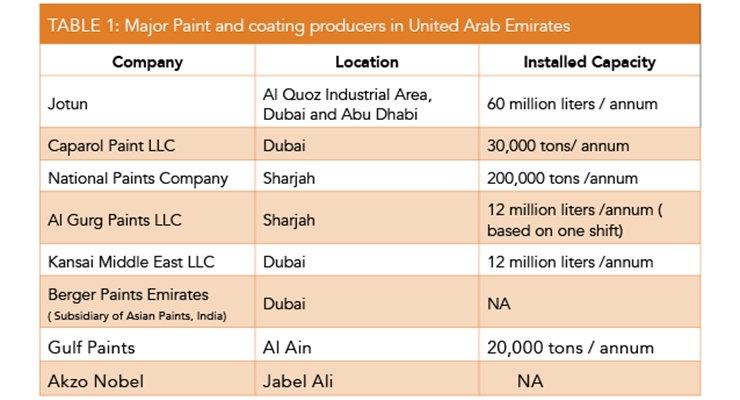Discover The Tricks To Attaining A Specialist End Result In Your Outside Paint Job By Understanding The Impact Of Weather Condition Factors
Discover The Tricks To Attaining A Specialist End Result In Your Outside Paint Job By Understanding The Impact Of Weather Condition Factors
Blog Article
Short Article By-Walls Handberg
Understanding how weather can influence the result of an outside painting endeavor is critical for accomplishing a perfect coating. From temperature variations changing paint adhesion to humidity degrees impacting drying out times, each component of weather plays a substantial function in the success of your task. Moreover, wind rate and precipitation can present unanticipated obstacles that may compromise the quality of the final result. As we browse with the subtleties of climate's impact on outside paint, it ends up being apparent that thorough planning and strategic timing are crucial for making sure a professional and long lasting outcome.
Perfect Temperature Array for Paint
When considering exterior paint tasks, the suitable temperature array plays an essential duty in achieving ideal outcomes. Paint in the appropriate temperature level conditions makes sure that the paint adheres correctly to the surface, dries out uniformly, and treatments successfully. Typically, the advised temperature level variety for external painting is between 50 to 85 degrees Fahrenheit.
Paint in temperatures below 50 degrees Fahrenheit can lead to issues such as poor paint bond, prolonged drying times, and a raised chance of fracturing or peeling off.
On the other hand, paint in temperatures above 85 degrees Fahrenheit can create the paint to completely dry as well swiftly, leading to blistering, gurgling, and an uneven coating.
To achieve the best results, it is essential to check the weather prediction prior to beginning an outside paint task. Preferably, goal to paint during light weather with moderate temperatures and reduced moisture degrees.
Effects of Humidity on Paint Drying
Moisture levels substantially influence the drying procedure of paint applied to exterior surfaces. High moisture can extend the drying time of paint, causing potential problems such as trickling, spotting, and even the formation of bubbles on the repainted surface area. Excess wetness airborne reduces the dissipation of water from the paint, impeding the healing procedure. This is specifically bothersome for water-based paints, as they rely on evaporation for drying.
On the other hand, reduced moisture degrees can additionally affect paint drying out. Extremely completely dry conditions may create the paint to completely dry also rapidly, bring about poor bond and a harsh finish. In such instances, adding a paint conditioner or spraying a fine mist of water airborne can help regulate humidity levels and boost the paint outcome.
To ensure optimal drying problems, it is recommended to repaint when the humidity levels vary between 40% and 50%.
Tracking moisture levels and taking proper procedures can assist achieve a smooth and resilient paint coating on outside surfaces.
Wind and Rainfall Considerations
Wind speed and precipitation are vital factors that substantially impact the success of an outside paint job.
When it concerns wind, both rate and instructions are necessary considerations. High wind rates can trigger paint to completely dry too promptly, causing a subpar completed with possible problems like breaking or irregular texture. In addition, wind can bring particles that might adhere to the damp paint, resulting in blemishes. Consequently, painters must aim to service days with light to moderate winds for optimum painting problems.
On the other hand, rainfall, whether rainfall or snow, can be extremely damaging to the result of an exterior paint task. Moisture from rainfall can hinder paint adhesion, causing peeling off and bubbling over time. It is vital to stay clear of painting during rainy or snowy weather condition to ensure the longevity and high quality of the paint job. Commercial Interior Painting Company ought to additionally permit adequate time for the surface area to completely dry extensively after any rainfall before starting or returning to the painting process.
Verdict
To conclude, weather conditions play a substantial role in the end result of an external painting project. https://dengarden.com/news/paint-colonial-house-black , humidity levels, wind rate, and rainfall all contribute to the success or failing of the paint job.
It is essential to take into consideration these variables and strategy accordingly to make sure correct paint bond, drying times, and total high quality of the finished item.
